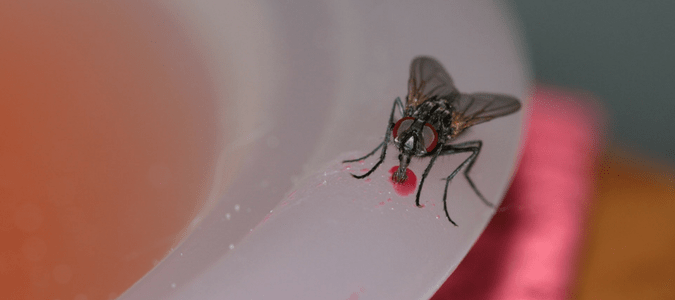Bugs and Ball Games Don’t Mix
Is your child too busy swatting at insects to focus on scoring goals on the soccer field? Does your weekly touch football game usually end with bug bites on your ankles? If so, your playing fields could benefit from San Antonio lawn services and pest control from ABC. While bugs can destroy the beauty of your lawn, business landscaping or sports field, they can also put a damper on your favorite outdoor activities by swarming, biting and stinging.
Pests That Can Ruin Your Game
Most of the time the insect world goes largely unnoticed, and we live in harmony with bugs when their populations are kept under control. The occasional mosquito or chigger isn’t going to disrupt your athletic focus, but an infestation of them on your playing field or golf course can turn a pleasant game into an afternoon of scratching and clawing at your itchy skin. Our San Antonio lawn … Read Full Post »
